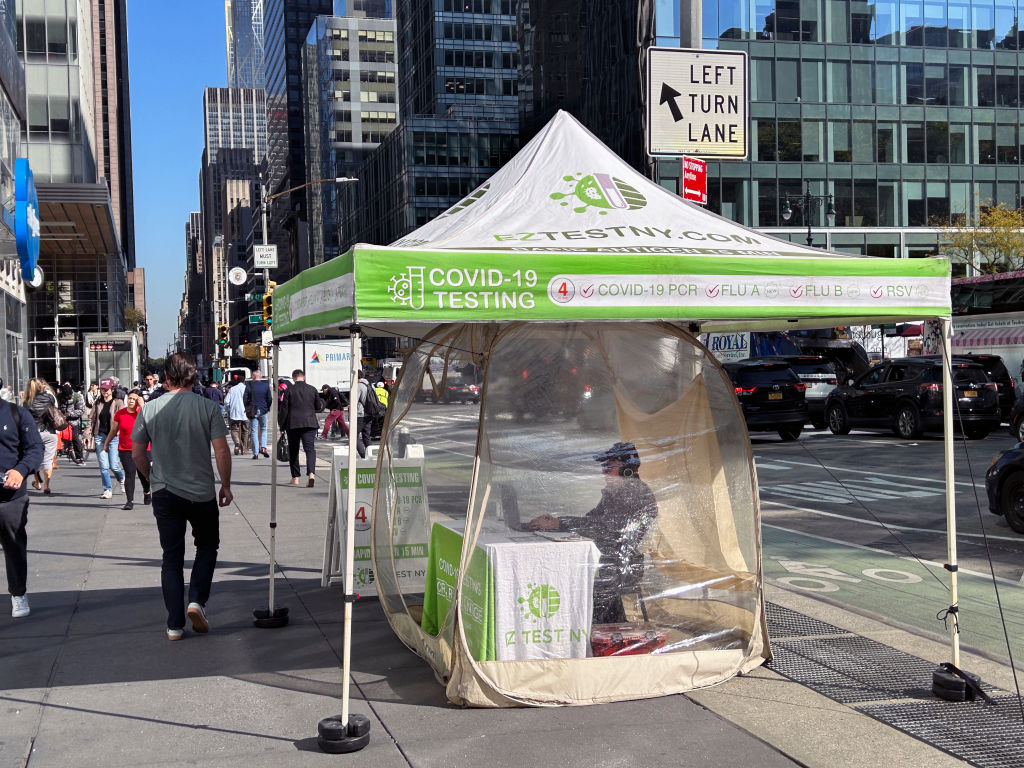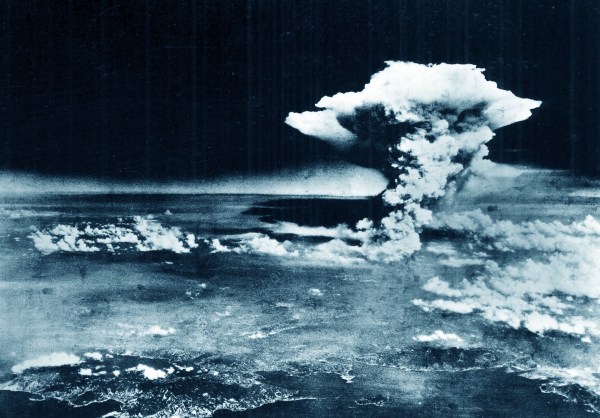Should we be “alarmed” by the levels of Sars-COV-2 in our wastewater? That’s what a sponsored content article in Breitbart and a separate Instagram post are claiming. The posts rely on actual data from the Centers for Disease Control, but their claims are missing context and otherwise misleading.
“ALARMING REVELATION: SOARING VIRAL LEVELS DETECTED IN WATER SUPPLY” read an Instagram post from Breitbart that garnered more than 35,000 likes before being deleted. An Instagram video by YouTuber Steve Ram, however, similarly claims “ALARMING VIRAL LEVELS DETECTED IN U.S. WATER.” Though Ram does not directly reference Breitbart’s article, the 21 states with “severe levels” listed in the video match those labeled as “severe” on the Breitbart graphic, suggesting that Ram’s assertions are based on the same underlying data.
The December 27 piece that Breitbart was boosting via the now-deleted post is not a straight news article, but sponsored content promoting The Wellness Company. The sponsored article, which states that readers can “declare independence from Joe Biden’s healthcare system,” promotes a medical emergency kit that includes bulk supplies of prescription-only medications including ivermectin, amoxicillin, and Z-Pak.
Both Ram’s video and Breitbart’s initial graphic conflated “water” or “water supply” with “wastewater.” They leverage data from the Centers for Disease Control and Prevention’s (CDC) wastewater surveillance program from the month of December, and the graphic used by Breitbart closely resembles the CDC’s own COVID-19 Current Wastewater Viral Activity Levels Map. Internet archives do not allow access to the map’s data as of December 6, 2023, the date noted by Breitbart, but data as of January 4, 2024, is broadly similar. The CDC did not respond to questions about the accuracy of the map posted by Breitbart.

“There’s an alarming revelation coming out of soaring viral levels detected in the U.S. water supply,” Ram says in his video. A new Omicron subvariant known as JN.1 has indeed been driving an increase in COVID-19 infections and hospitalizations in recent weeks, but wastewater detection levels are not particularly alarming—and equivalencies between current infection rates and waves experienced in prior years are inaccurate. “The burden of COVID is nowhere near what it was compared to earlier in the pandemic,” Dr. Isaac Bogoch, an epidemiologist at the University of Toronto, explained to The Dispatch Fact Check. “That doesn’t mean COVID isn’t here, of course it is. That doesn’t mean we shouldn’t respect COVID, of course we have to. But we can’t pretend that it’s at a state remotely close to the first couple of years of the pandemic. That’s just not the case.”
The JN.1 variant—which split from the earlier BA.2.86 variant—has been tracked by the CDC for months, and was estimated to account for between 39 and 50 percent of all SARS-CoV-2 variants in the U.S. during the two weeks ended December 23, 2023. According to the World Health Organization, the new variant does not appear to pose additional risks to public health, and its spread has not affected current department recommendations.
As of December 30, 2023, weekly new COVID-19 hospital admissions stood at 34,798, down from 44,542 hospitalizations, 97,667 hospitalizations, and 109,152 hospitalizations during the turn of the year in 2023, 2022, and 2021 respectively. “The combination of vaccination plus recovery from infection, also termed as hybrid immunity, is rather powerful,” Bogoch explained. “We’re seeing more COVID now in the winter, but we’re not seeing hospitalizations and deaths at nearly the same degree as what we saw earlier in the pandemic.”
Bogoch cautioned that viral detection in wastewater samples is normal and must be understood in the proper context. “It’s what you do with the data that’s important,” he said. “It should not be overinterpreted, but it often is.”
According to Bogoch, wastewater data is useful because it allows public health experts to track trends in viral levels, understand the geographic prevalence of a virus, and learn about viral evolution over time.
That said, heightened wastewater levels do not necessarily indicate a significant new threat to the public. “It doesn’t mean everyone needs to panic, it doesn’t mean you need to enforce X, Y, or Z mandates,” Bogoch said. “It just means that some people who might be more vulnerable or cautious will know that there’s more [viral spread] in their area, which might enable them to make a decision for themselves.”
While Ram and the sponsored Breitbart story appear to rely on legitimate CDC data, rising levels of COVID-19 detection in wastewater should not be overinterpreted to suggest that there is a significant new risk to Americans.
If you have a claim you would like to see us fact check, please send us an email at factcheck@thedispatch.com. If you would like to suggest a correction to this piece or any other Dispatch article, please email corrections@thedispatch.com.







Please note that we at The Dispatch hold ourselves, our work, and our commenters to a higher standard than other places on the internet. We welcome comments that foster genuine debate or discussion—including comments critical of us or our work—but responses that include ad hominem attacks on fellow Dispatch members or are intended to stoke fear and anger may be moderated.
With your membership, you only have the ability to comment on The Morning Dispatch articles. Consider upgrading to join the conversation everywhere.